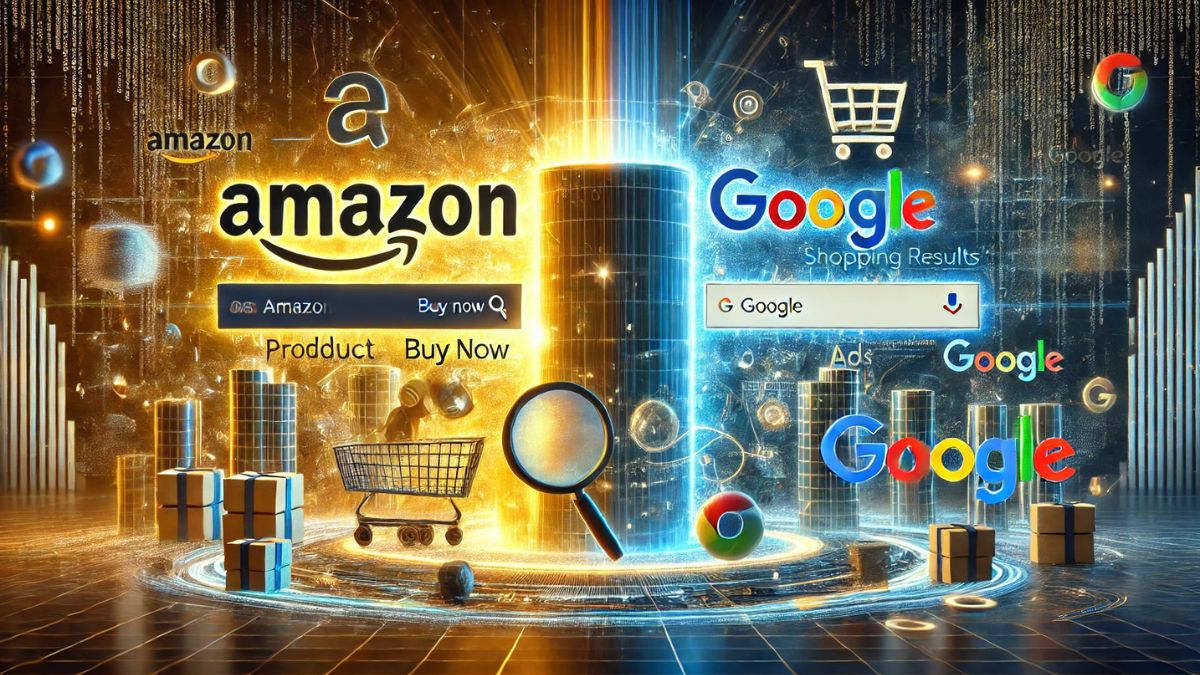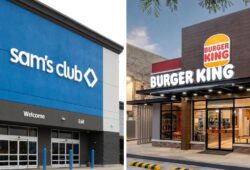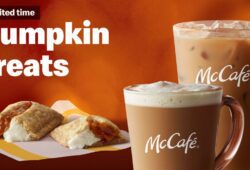
For years, Google reigned as the first stop for digital consumers on their path to a purchase. But that era is rapidly changing. According to the latest dossier from Statista, Amazon and other marketplaces have already surpassed traditional search engines as the initial product search channel in 2024.
This behavioral shift represents a radical change in the purchase funnel, forcing brands, advertisers, and ecommerce platforms to rethink where, how, and when to reach the consumer.
ALSO READ: The Rise of Search Advertising: Lessons We Can Learn from the United States
📊 Who leads product search in 2024?
A global survey conducted by Censuswide and Wunderman Thompson Commerce reveals:
| Initial search channel | % of users who prefer it |
|---|---|
| 🛍️ Marketplaces (Amazon, etc.) | 32% |
| 🏬 In-store browsing | 28% |
| 🛒 Direct-to-consumer brand sites (DTC) | 20% |
| 🛍️ Retailer websites (Walmart, etc.) | 17% |
| 🔎 Search engines (Google, Bing) | 12% |
Source: Statista Digital Market Outlook.
📌 This means marketplaces are not only competing with traditional search engines but have already displaced them as the primary product discovery channel.
🧠 Why do consumers prefer marketplaces?
1. Integrated shopping experience
Amazon, Mercado Libre, or Alibaba offer:
- Product comparisons
- Real-time pricing
- Customer reviews
- Immediate delivery options
All in one environment.
2. Trust and convenience
Users are already logged in, their address is saved, and they trust the return policy. Shopping is easy—and searching too.
3. Highly relevant results
Unlike Google, where results may include informational content, reviews, and ads, marketplaces go straight to the product, prioritizing relevance based on conversion and satisfaction data.
📉 Google moves to the bottom of the funnel
With only 12% share as the starting point of search, Google becomes a secondary consultation or validation channel, especially for users who:
- Compare technical specs
- Seek external opinions or YouTube videos
- Want to verify a brand or store’s reputation
⚠️ This doesn’t mean Google loses value, but rather that it’s no longer the birthplace of purchase intent.
🧭 What should brands do in this new landscape?
✅ 1. Be present (and optimized) on marketplaces
Having your own ecommerce site is no longer enough. It’s crucial to:
- Publish products with optimized titles
- Invest in Retail Media (like Amazon Ads or Mercado Ads)
- Use high-quality images, rich descriptions, and verified reviews
✅ 2. Invest in Retail Search strategies
Marketplaces have their own search algorithms. Adapting SEO strategies to these environments is essential to rank high.
✅ 3. Include marketplaces in the media plan
Performance campaigns should no longer focus only on Google Ads or Meta. The budget must also consider:
- Product Listing Ads
- Remarketing campaigns within marketplaces
- Flash deals and sponsored placement
✅ 4. Analyze behavior within the marketplace
Beyond traffic, what matters is understanding:
- What terms do users search for?
- Which ones convert best?
- Where in the journey do they drop off?
Dashboards from Seller Central and Mercado Libre can offer valuable data to refine strategy.
📈 Is this the end of Google Shopping?
No. But it is its reinvention. Google has started to respond with:
- Shopify integration in results
- Google Lens and visual search
- Google Shopping Graph, a product graph combining AI and structured data
🧩 Even so, while Google adapts, marketplaces have a clear edge in capturing commercial intent from the first click.
🧠 Consumers search where they can buy
The big shift isn’t technological—it’s behavioral. Users no longer search just to learn, they search to decide and buy. And they do it where the purchase is immediate, safe, and efficient: marketplaces.
For brands, this means adopting a new mindset: it’s no longer about showing up on Google… it’s about being where the consumer wants to buy, not just search.










